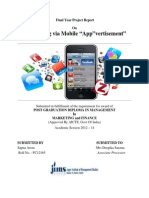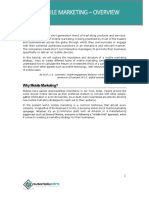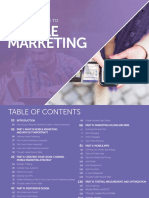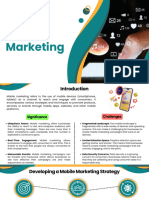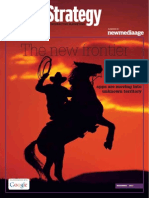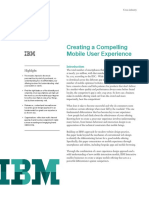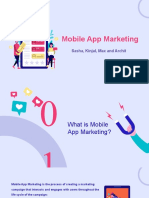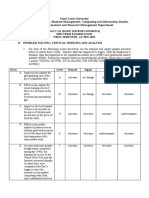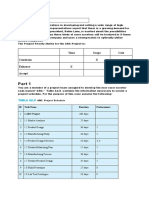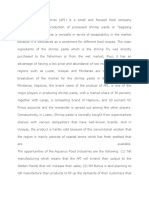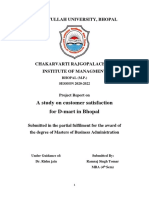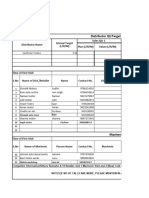0% found this document useful (0 votes)
62 views8 pagesThe Foundations of A Cross-Platform Marketing Strategy: Branch Whitepaper
The document discusses key aspects of developing a cross-platform marketing strategy, including defining cross-platform marketing, focusing on the user experience across devices, and measuring impact across channels. It also covers organizing marketing teams to be cross-functional rather than focused on individual channels, and using technology to bridge gaps and ensure consistent experiences. Nine forces that shape consumer mobile behavior are identified, with crowdedness and trajectory cited as especially important factors for brands.
Uploaded by
Dan RareșCopyright
© © All Rights Reserved
We take content rights seriously. If you suspect this is your content, claim it here.
Available Formats
Download as PDF, TXT or read online on Scribd
0% found this document useful (0 votes)
62 views8 pagesThe Foundations of A Cross-Platform Marketing Strategy: Branch Whitepaper
The document discusses key aspects of developing a cross-platform marketing strategy, including defining cross-platform marketing, focusing on the user experience across devices, and measuring impact across channels. It also covers organizing marketing teams to be cross-functional rather than focused on individual channels, and using technology to bridge gaps and ensure consistent experiences. Nine forces that shape consumer mobile behavior are identified, with crowdedness and trajectory cited as especially important factors for brands.
Uploaded by
Dan RareșCopyright
© © All Rights Reserved
We take content rights seriously. If you suspect this is your content, claim it here.
Available Formats
Download as PDF, TXT or read online on Scribd
/ 8













